Market Share
Bottled Water Products Market Share Analysis
In the ever-expanding bottled water products market, strategic positioning is paramount for brands aiming to secure and maintain a substantial market share. A prevalent approach in this industry revolves around product differentiation through enhanced hydration features. Brands often invest in advanced filtration technologies, electrolyte-infused formulations, and pH balancing to offer unique health benefits to consumers. By differentiating their products based on functional attributes, companies can carve out a niche in a market where health-conscious consumers are seeking more than just basic hydration.
Branding serves as a linchpin in market share positioning within the bottled water segment. Establishing a compelling brand identity, complete with distinctive logos, labels, and eco-friendly messaging, enables companies to distinguish themselves on crowded store shelves. Additionally, brands often leverage transparent communication about their water sourcing, purification processes, and commitment to sustainability. By emphasizing these aspects, brands build trust with consumers, enhancing brand loyalty and influencing market share.
Innovation in packaging is a significant factor in the bottled water market. Brands frequently explore sustainable packaging solutions, such as recycled materials and eco-friendly designs, to appeal to environmentally conscious consumers. Additionally, innovations like resealable caps, ergonomic shapes, and lightweight materials contribute to improved consumer convenience, impacting a brand's market share by catering to the evolving needs and preferences of consumers.
Strategic pricing is a crucial element in market share positioning within the bottled water industry. While water is a basic necessity, brands must carefully balance affordability with perceived value. Pricing strategies, such as value packs, promotional discounts, and premium pricing for specialty formulations, allow brands to cater to diverse consumer segments, influencing their market share in a competitive landscape.
Distribution channels play a pivotal role in determining market share within the bottled water sector. Brands strategically align themselves with a variety of distribution partners, including supermarkets, convenience stores, gyms, and online platforms, to ensure widespread availability. The accessibility of bottled water in various locations contributes to a brand's market share, as consumers can easily find and purchase their preferred brand.
The rise of wellness trends has led to the emergence of functional and enhanced water products within the bottled water market. Brands that incorporate vitamins, minerals, and adaptogens into their formulations cater to consumers seeking beverages that offer additional health benefits. This strategic move aligns with the growing demand for functional beverages, potentially expanding a brand's market share within the health-conscious demographic.
Digital marketing and social media engagement are powerful tools for connecting with consumers in the bottled water market. Brands utilize online platforms to communicate their commitment to health, sustainability, and community engagement. Engaging content, influencer partnerships, and interactive campaigns on social media platforms can strengthen brand visibility, influencing consumer perceptions and ultimately impacting market share.
Sustainability practices are increasingly vital in the bottled water industry, given the environmental concerns associated with single-use plastic bottles. Brands that adopt sustainable practices, such as using recycled materials, promoting recycling initiatives, and exploring alternative packaging options, appeal to environmentally conscious consumers. Sustainability efforts contribute not only to a positive brand image but also influence market share by resonating with consumers who prioritize eco-friendly choices.

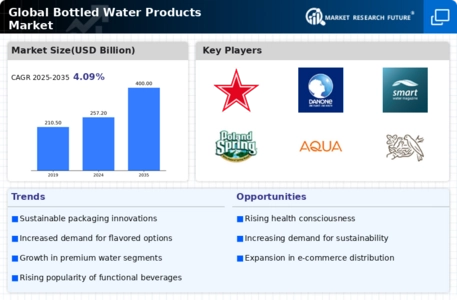
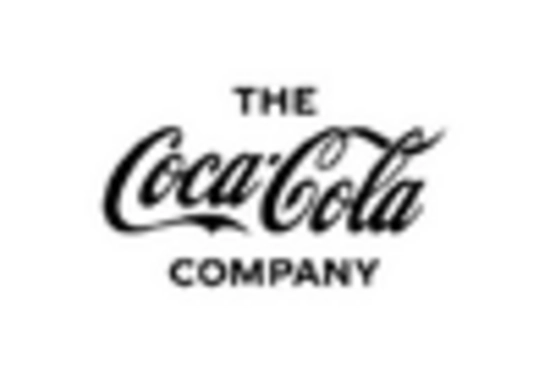
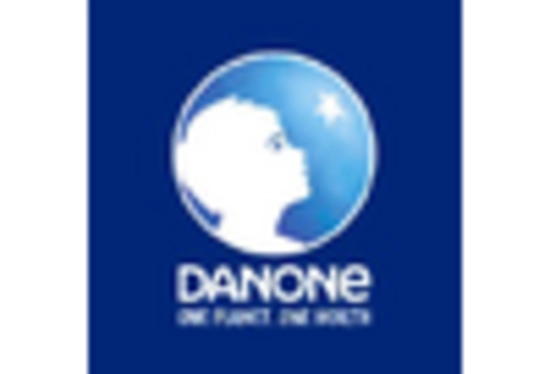
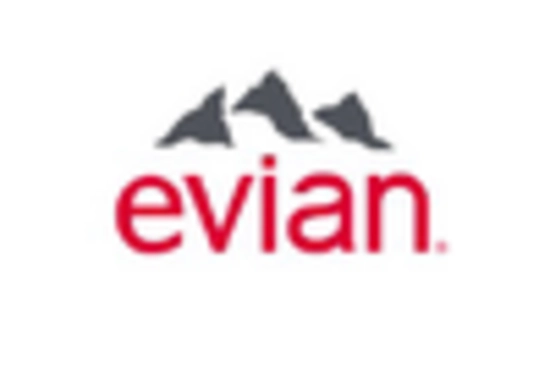

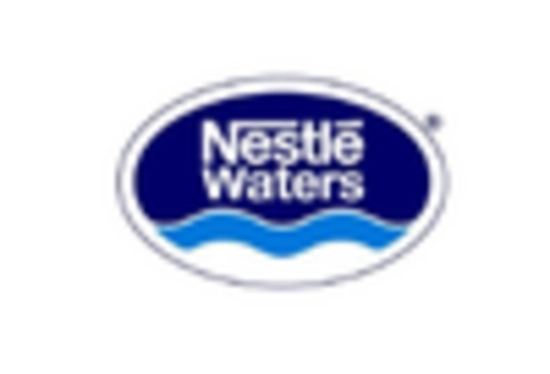
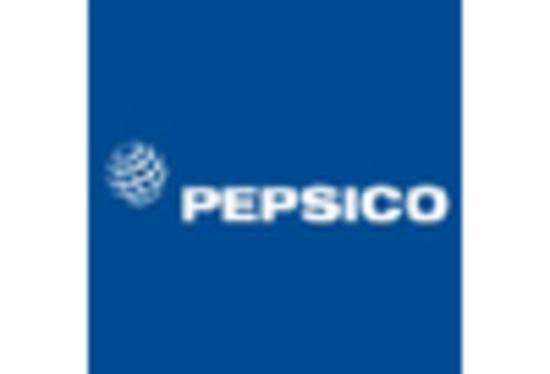
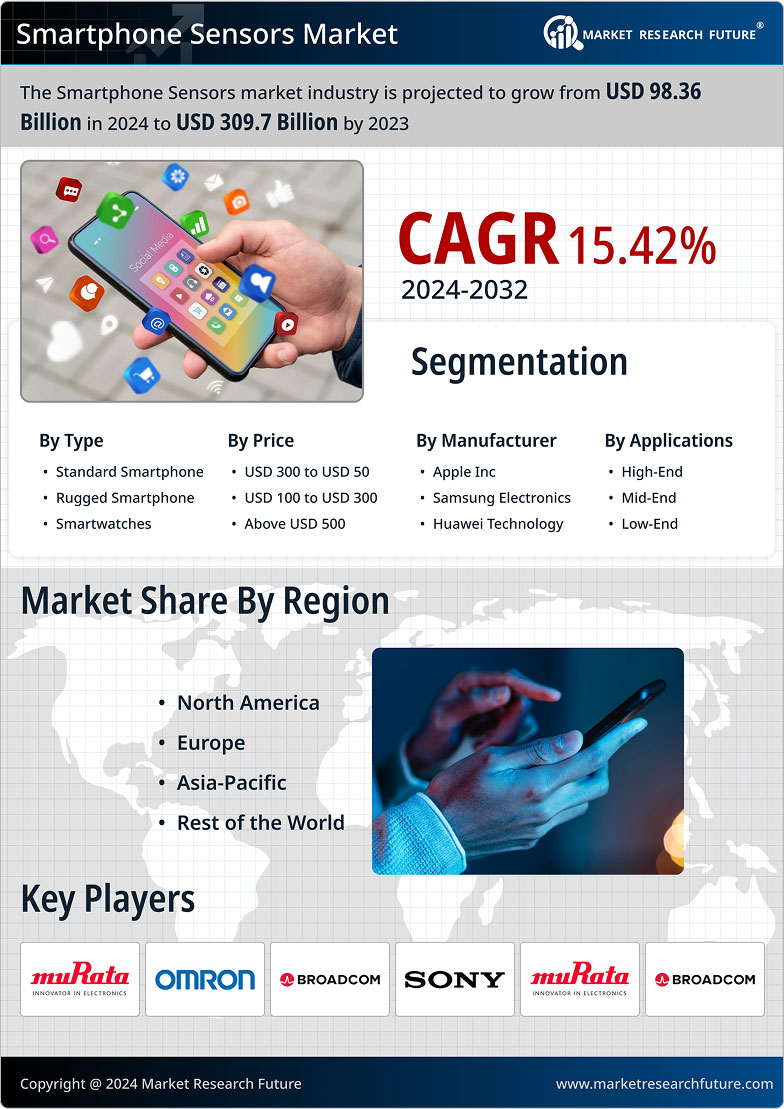








Leave a Comment